Each Silver module is a standalone transmitter/receiver that can send and receive trigger orders to/from any other module in range. An external input (2.5mm jack) allows them to be chained with an existing triggering system. The modules also offer a USB interface that can be used to trigger or configure the module from a computer, either using the dedicated GUI or by sending USB requests from a custom script.
Control and configuration is split into 6 tabs :
- Trigger : control of the camera's autofocus and shutter release
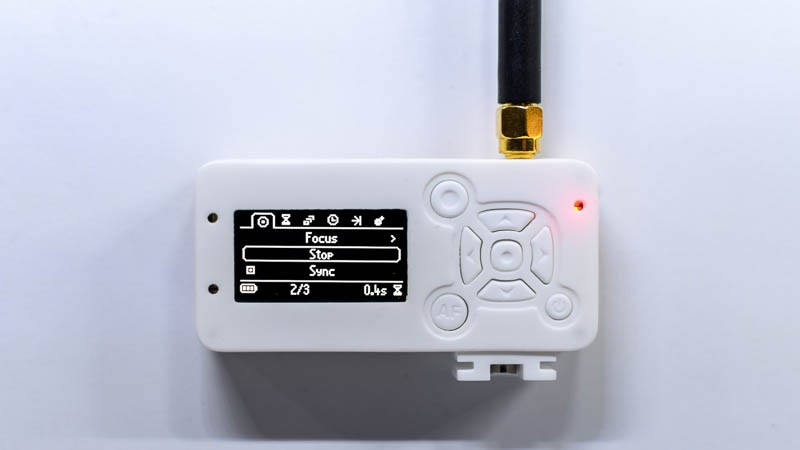
- Delay : delay to wait for between the trigger command and the start of the sequence

- Intervalometer : number of shots to take, and interval between shots
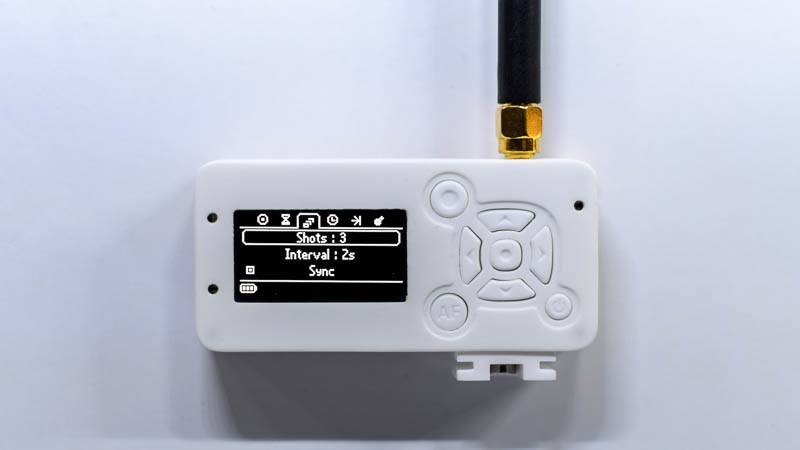
- Timings : time during which the AF and shutter release commands are asserted, especially useful when shooting in burst mode
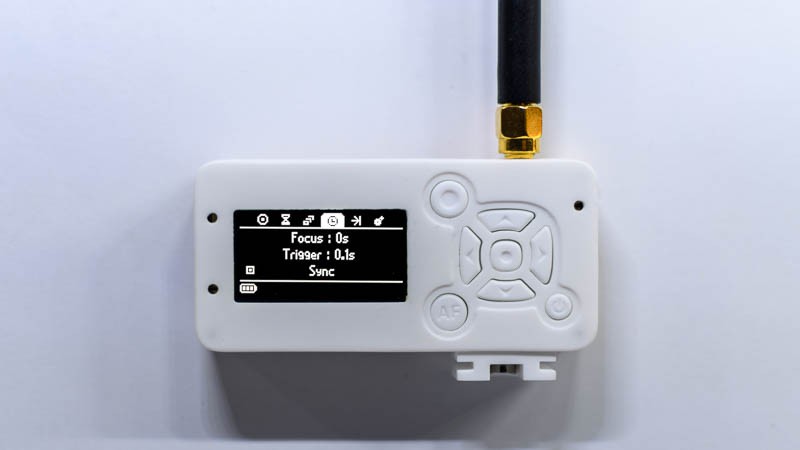
- Input : can be configured to Passthrough, Trigger, Trigger without delay, or Disabled
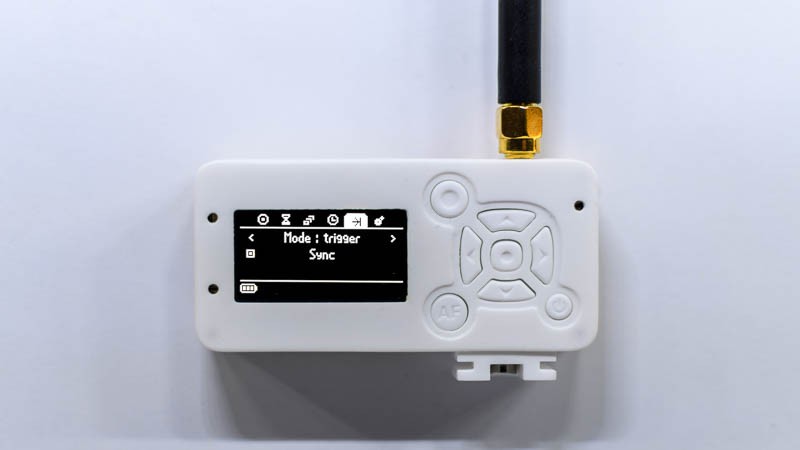
- Settings : configure the radio (Enabled/Receiver only/Disabled, and the channel on which to operate) and brightness of the screen
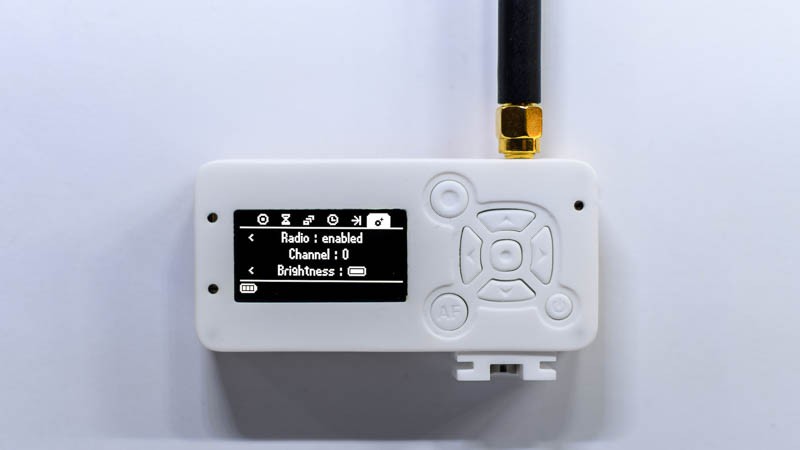
Each tab can be independently synchronized : if Sync is checked at the bottom of the tab, the module will broadcast any change of settings in this tab to any other module in range, and will listen for change of settings from them, allowing for a wide diversity of use cases.
Here are a few examples of scenarios :
- A single module with its radio disabled can be used as a precise intervalometer with configurable delay, such as for astrophotography (in which case the OLED screen with configurable brightness is a plus at night).
- Using two modules, one can be connected to the camera while the other one acts as the remote control, which can not only trigger the first one but also change its configuration remotely on the fly, for photos were you want to pose far away in the frame (examples : 1 2 3 -- none of them are mine)
- Any number of cameras can be triggered simultaneously using one receiver per camera (of course, if the cameras are close to one another, a single receiver can be used with Y splitters to connect all of them to the same output).
- A camera can be triggered by an external sensor (which only needs to pull a line to ground by connecting two wires on the input port) with appropriate delay and interval settings for the application.
- Using multiple cameras with receivers configured with different delay settings, it becomes possible to shoot a complete scene in motion. The entire system can be synchronously started by a sensor connected to one of the modules. For example, I used this configuration in order to shoot launches of students experimental rockets.
- For more advanced use cases, a script can be written to trigger a range of receivers following a custom procedure. This script can itself be triggered remotely over the Internet for unlimited range!
The 500mAh battery is recharged by USB as usual, and should last for weeks even when used everyday.
This project is entirely open source and open hardware, the firmware and Kicad project are available on GitHub (see the links on the left).
TODO list :
- add a few features in the firmware (maybe a remote shutdown feature?)
- add the GUI source code on Github
- publish the latest CAD files
- provide example scripts to trigger over USB
- investigate the possibility of connecting the module to a smartphone (using the smartphone as a 3G bridge?)
Currently, I have three functional prototypes of the last version (after a complete re-design, see here) and I am trying to evaluate the feasibility of a small production batch to propose on Tindie. If you are a user interested in this device, feel free to let me know! :)
 Foaly
Foaly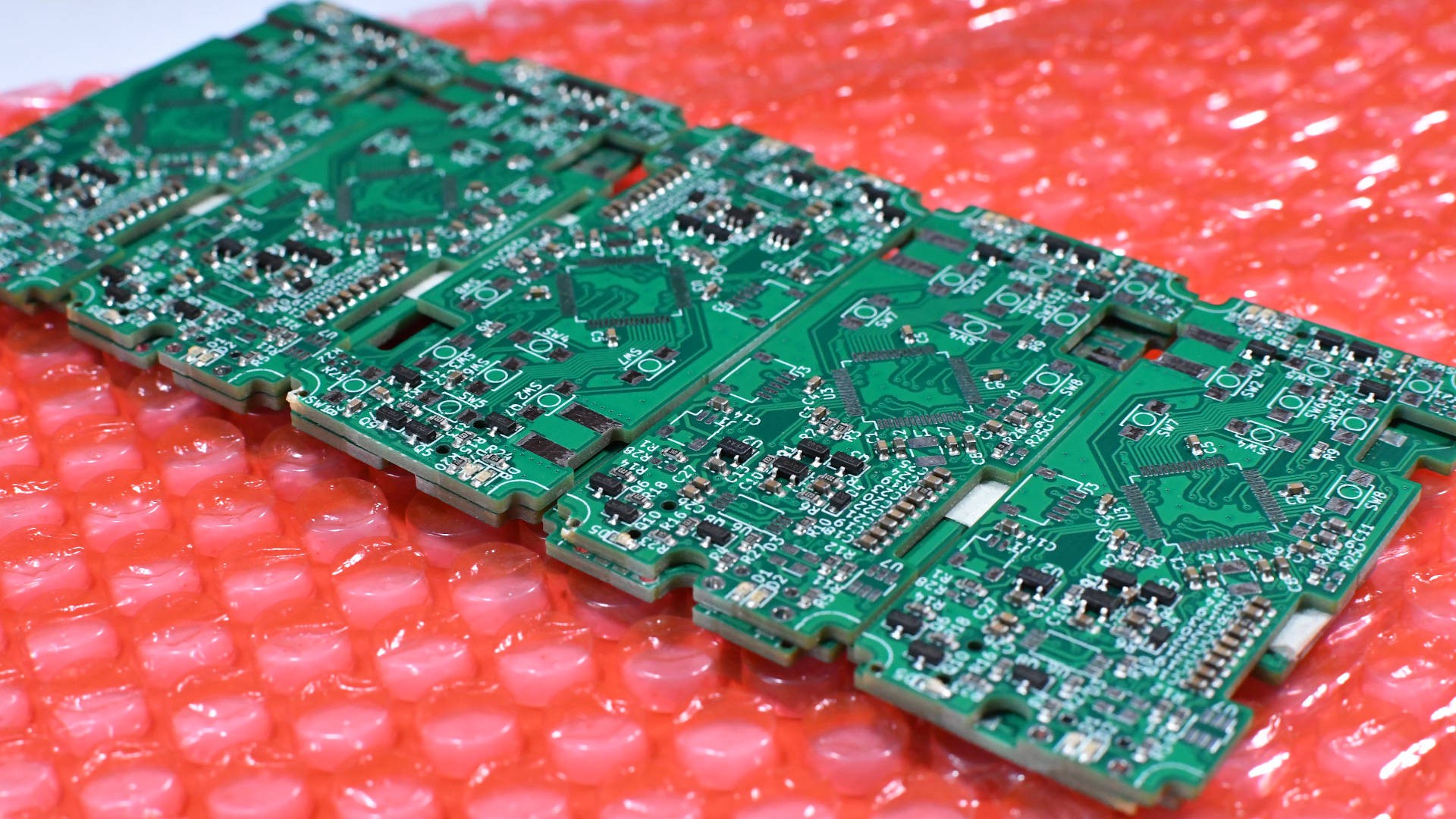
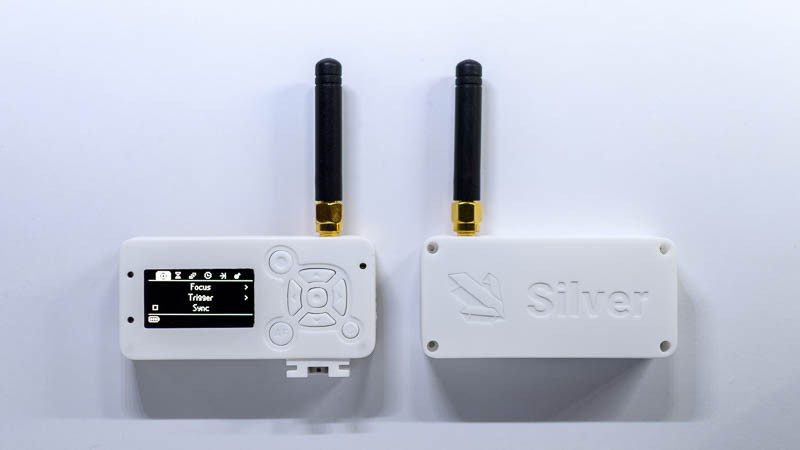


Bonjour,
Je suis photographe spécialisé dans la photographie de feux d'artifice et ce projet m'intéresse énormément. A ce jour, je suis confronté au problème de télécommandes qui n'ont qu'une portée de 100m à pleine puissance, ce qui est loin d'être suffisant pour mon utilisation.
Je travaille actuellement avec 3 boîtiers avec 3 objectifs différents pour un même spectacle.
Votre projet est-il commercialisé ?
Salutations
Alexandre